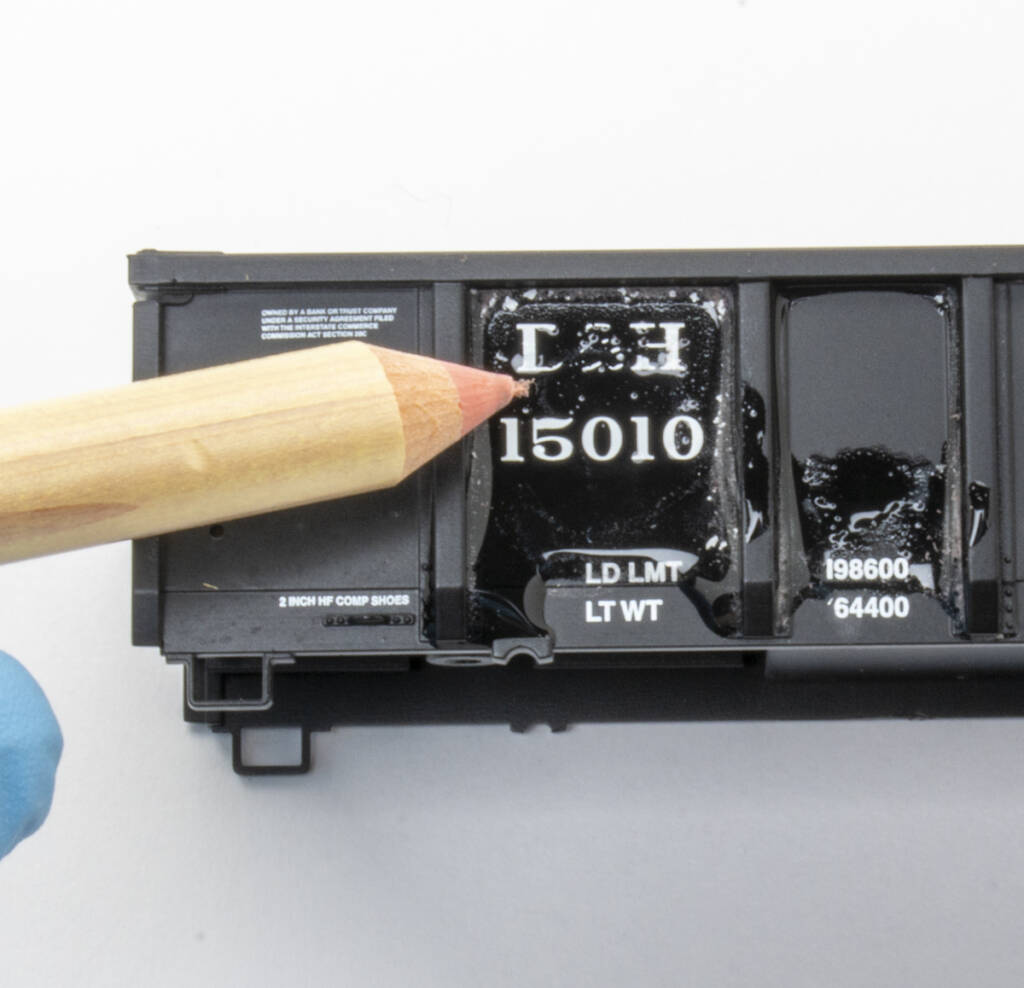
Q: I have a question about removing markings from rolling stock and steam engines. I’ve seen your videos on removing decals, but how do I remove these items when they are factory painted? — Michael Ricci A: Over the years, I’ve used a variety of methods to remove factory-printed graphics. In my September 2022 Model […]
Read More…
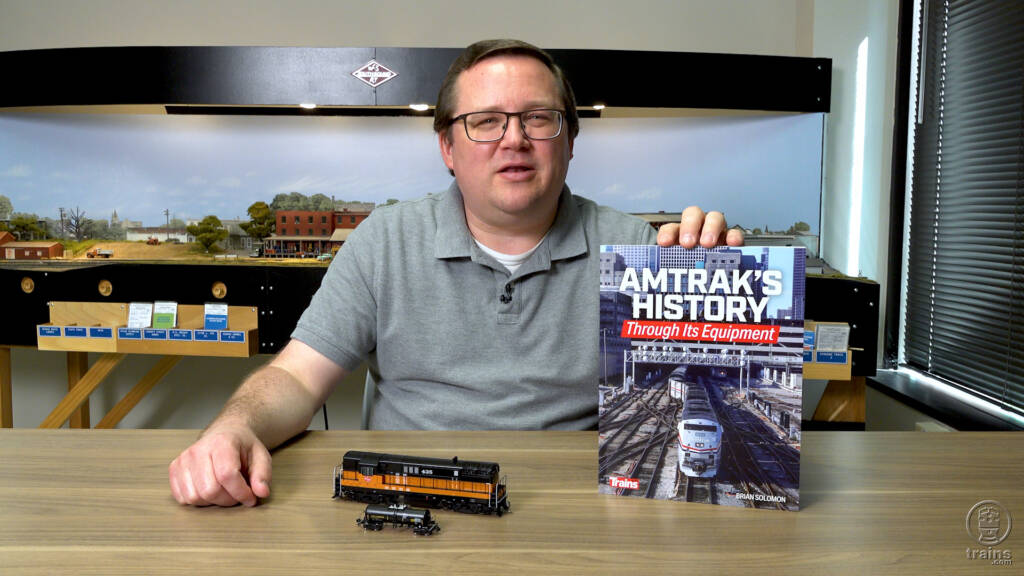
Welcome to the August 2025 Cody’s Office! Perhaps we should have called this the Consolidation episode, as we’re on program number 2-8-0. This month the show starts with an exciting lineup of products. First up is the HO scale Fairbanks-Morse H16-44 from Rapido Trains. Features on the four-axle road unit include an injection-molded plastic body, […]
Read More…

Welcome to the August 2025 Cody’s Office! Perhaps we should have called this the Consolidation episode as we’re on program number 2-8-0. This month the show starts with an exciting lineup of products. First up is the HO scale Fairbanks-Morse H16-44 from Rapido Trains. Features on the four-axle road unit include an injection-molded plastic body, […]
Read More…
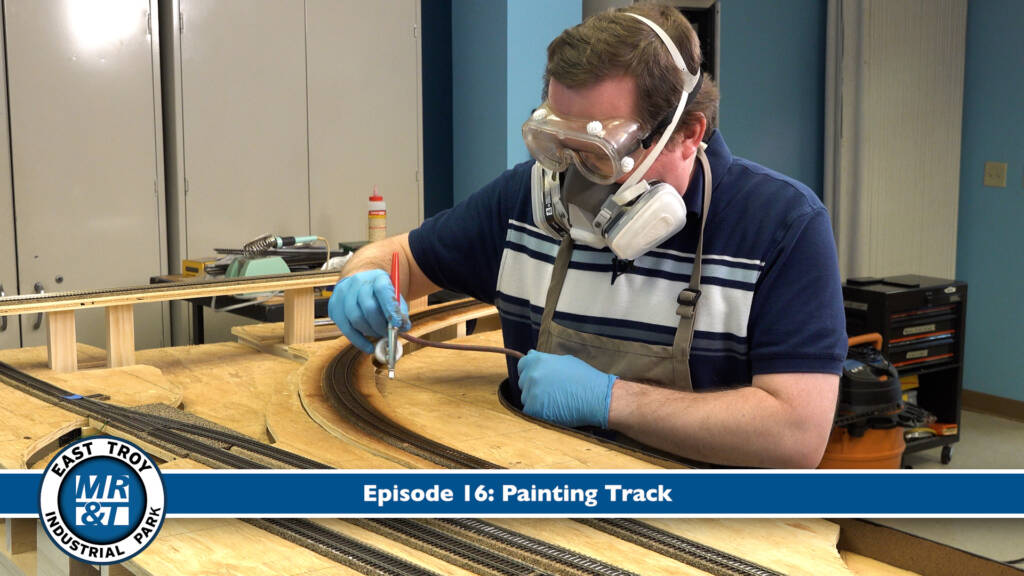
Watch as Cody Grivno, Model Railroader Senior Editor, sets out to paint the rails on the HO scale (1:87.1) East Troy Industrial Park project layout. Learn how to prepare the layout, clean the tracks, and apply paint for a realistic, rusty appearance. Be sure to keep up with the construction progress by linking into the Trains.com […]
Read More…
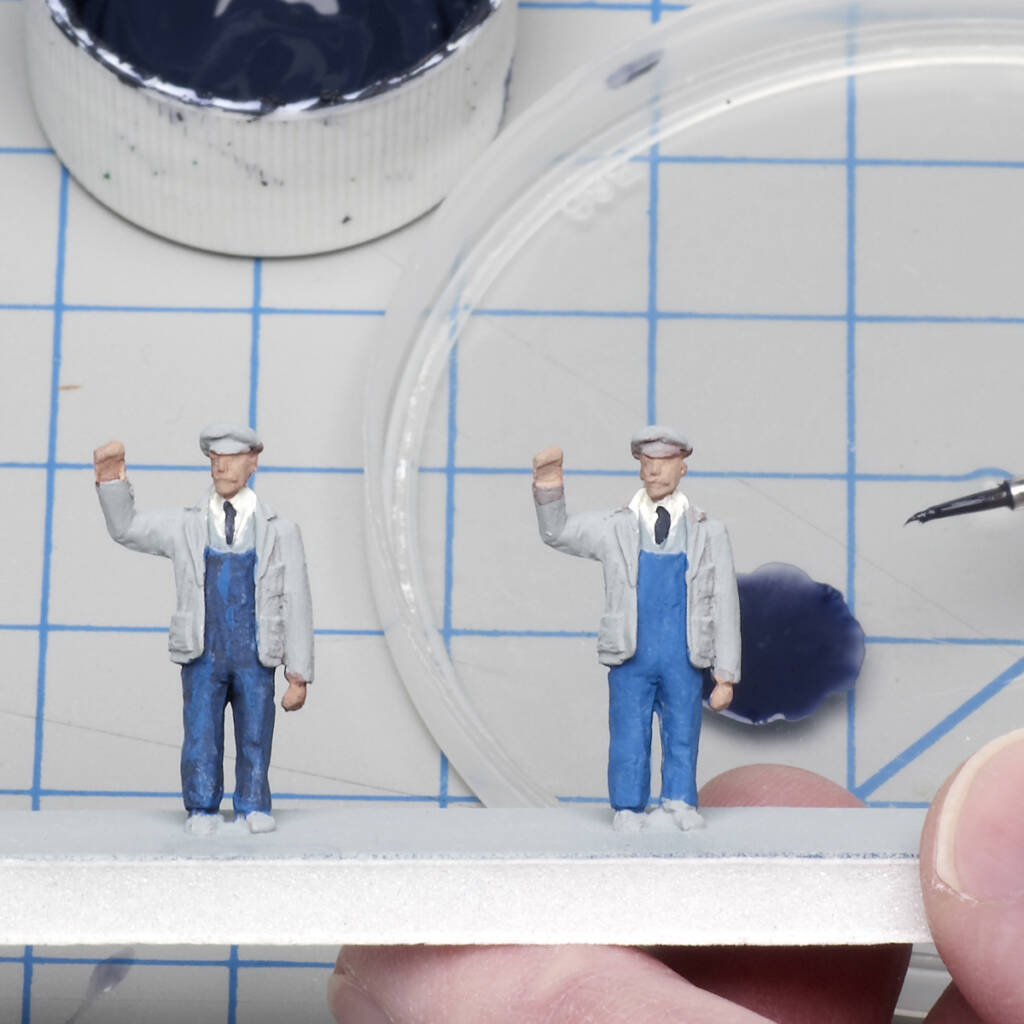
Adding scale people to your layout can be as simple as opening the box and gluing them in place. Manufacturers such as Preiser, Merten, Woodland Scenics, among others, offer a selection of realistic, factory-painted plastic figures for model railroads. However, if you have a railroad that requires a large population, it can be more economical […]
Read More…
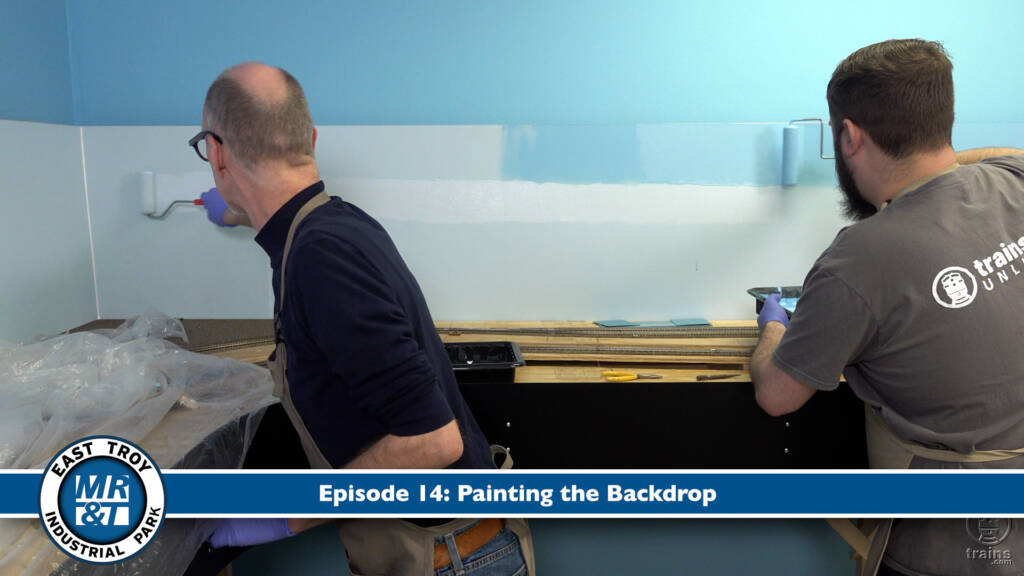
Painting the initial backdrop installation a single shade of blue was just fine to get things started on the HO scale (1:87.1) East Troy Industrial Park project layout. However, David and Bryson share an easy technique for blending the background sky color with the adjacent wall color, and set the stage for those stunning photos […]
Read More…
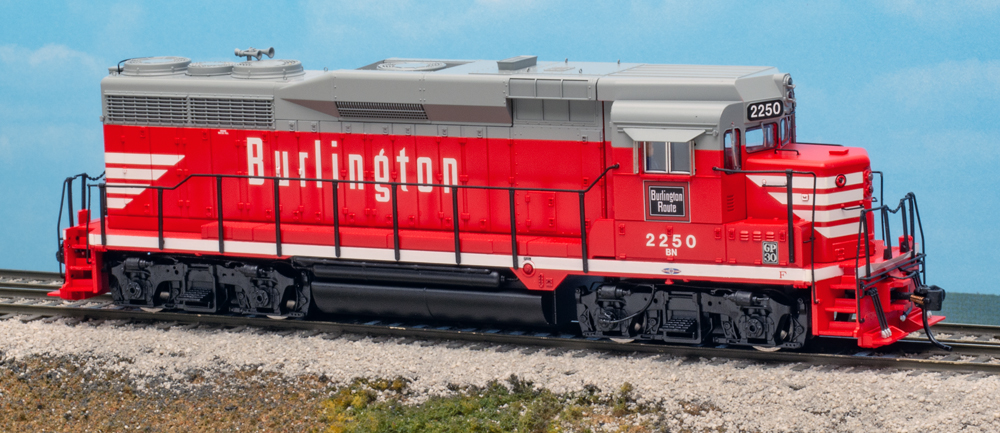
Q: I’m building a layout based on the early Burlington Northern in Idaho. I’ve seen a number of photos of renumbered locomotives and cabooses. Most have white numbers and reporting marks, but I’ve seen a few prototype photos online with the data in black. Did BN have a standard font and size for renumbering equipment, […]
Read More…
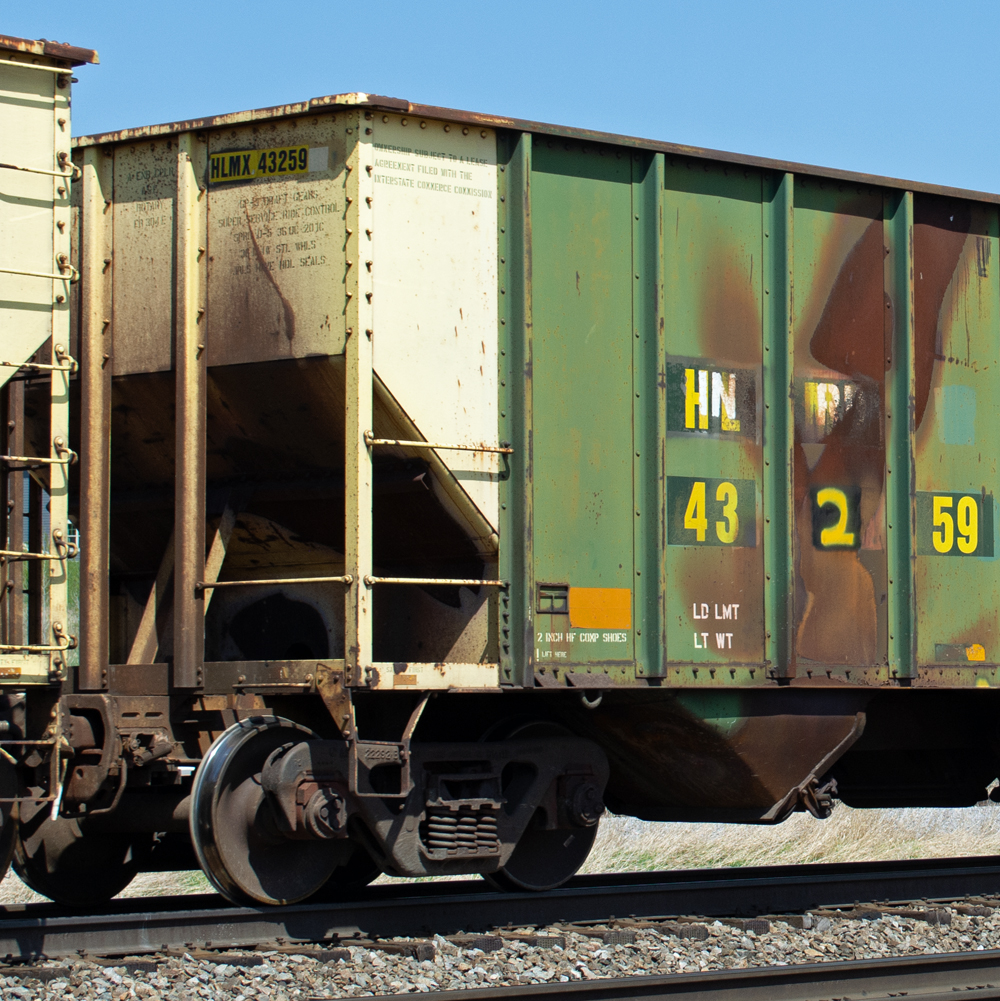
Q: What website is best for finding prototype photos of freight cars to help with realistic weathering? — Jim Veronico A: Though some websites are certainly better than others, I’m reluctant to declare a single website as the “best” for finding prototype freight car photos. Over the years, I’ve found that using multiple sites helps […]
Read More…

A question many readers want an answer to is how to color bricks. Structures have been built with brick for millennia and material was very popular from the start of the industrial revolution through the advent of structural steel and reinforced concrete construction. Most railroads will pass by and serve multiple brick-built factories and warehouses, […]
Read More…
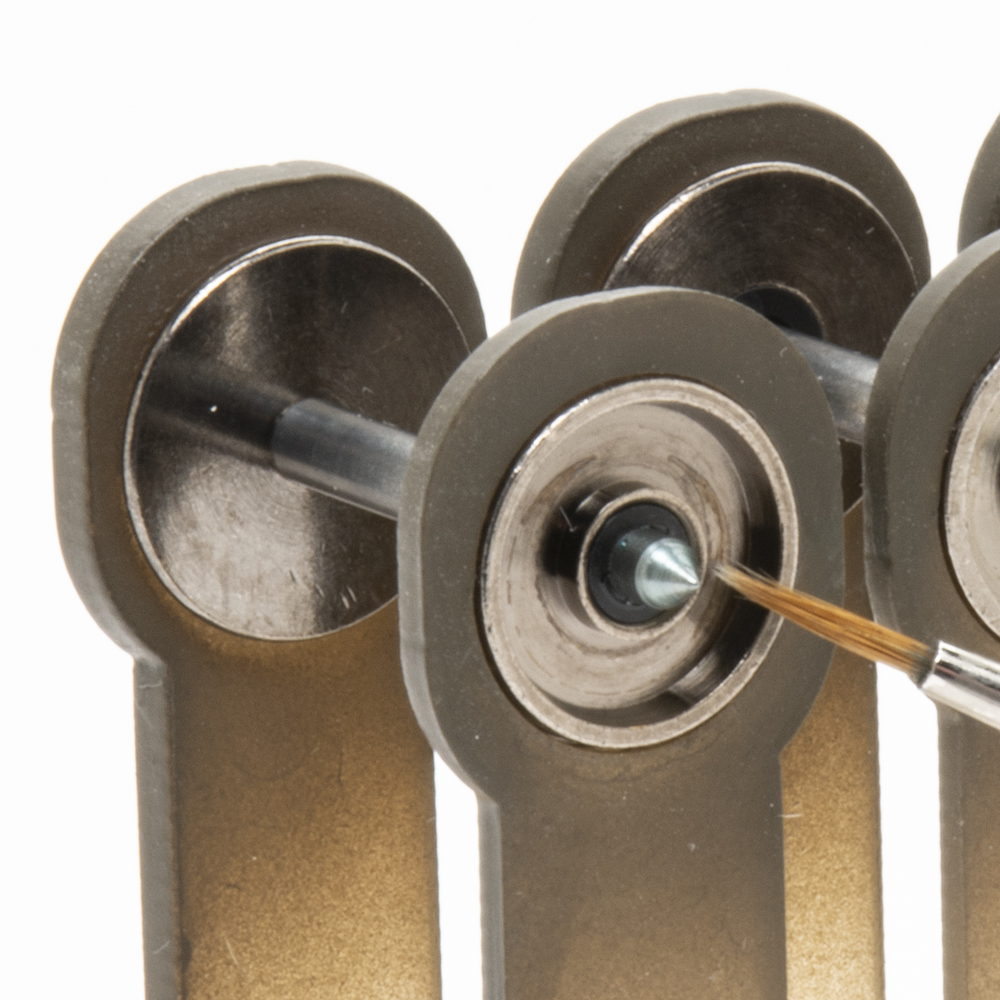
Q: I’ve seen a few Model Railroader articles on painting and weathering that reference liquid mask. How does the product work, and where can I find it? — Michael M. A: Liquid mask is a product that’s applied with a brush to keep paint off of areas that would be hard to cover using traditional masking […]
Read More…

Our On30 Sandy River & Rangeley Lakes Railroad is a bit smaller than its prototype counterpart, running only from Kingfield to Strong, quite a few miles less than the 120 + miles covered by its full-scale counterpart. With this in mind, after seeing some Bachmann On30 18-foot boxcars on the internet, I decided that having […]
Read More…
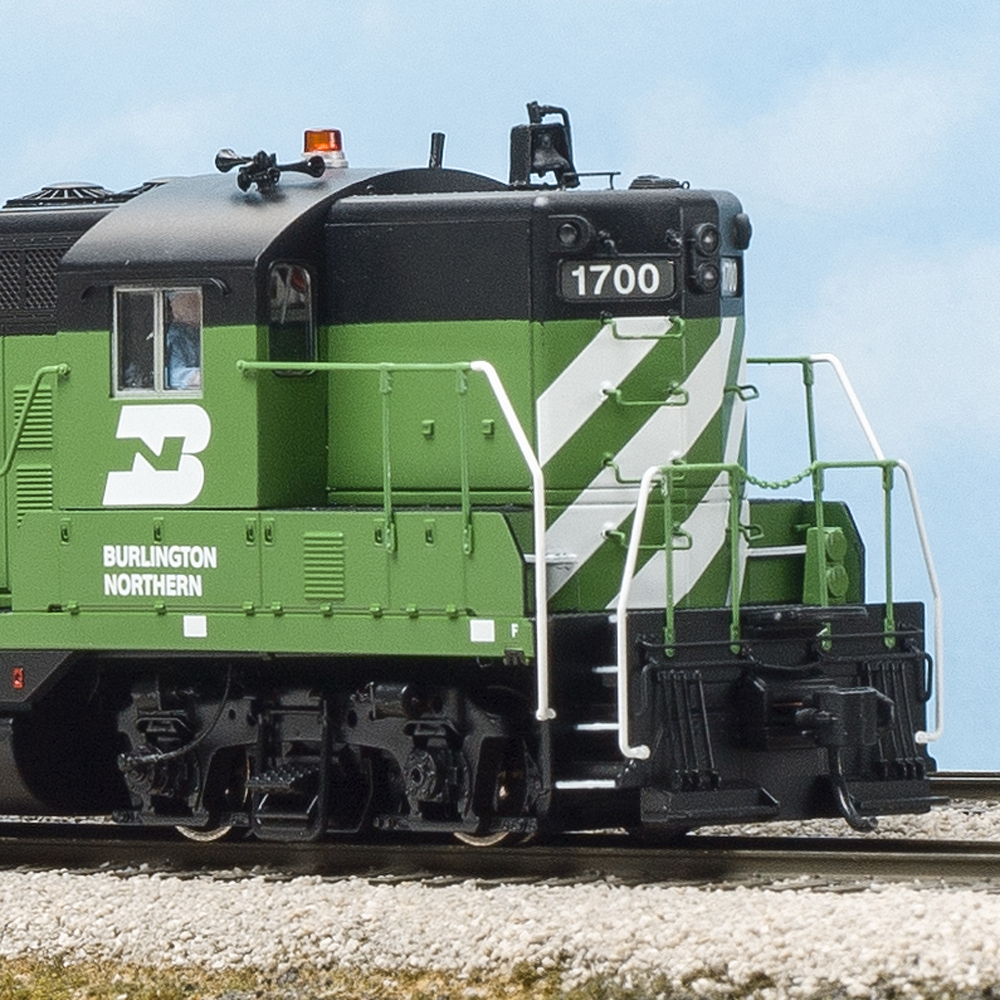
Hobbyists are drawn to specific railroads for a variety of reasons. Perhaps it was the line that served their hometown. Or maybe a relative worked on the railroad. Another reason — with less sentimental attachment — is that they like the paint scheme. The colors applied to diesel locomotives and freight cars are far from […]
Read More…











